
Во время нашей с Джимом Аглоу (английский мастер и владелец школы боевых искусств) совместной поездки в Гонконг в апреле 2002 года мне посчастливилось встретиться с Марком Хотоном. Марк живет в Гонконге на протяжении 13 лет; его имя и репутация хорошо известны в индустрии кино и боевых искусств.
Он стал первым европейцем, получившим лицензию Гонконгской ассоциации каскадеров, и принимал участие в создании более чем шестидесяти кунг-фу фильмов. Марк свободно говорит на кантонском диалекте, и, вероятно, знает мир боевых искусств Гонконга как никто другой. Поэтому я не мог упустить редкую возможность и попросил у Марка разрешения на интервью, которые он дает нечасто. По счастью, когда мы возвращались в Лондон, Марк присоединился к нам: планировалось, что он проведет двухнедельный семинар в школе Джима Аглоу в Вудфорд Грин. Так мне представилась счастливая возможность побеседовать с Марком – не только о кино, но и «настоящем» мире боевых искусств Гонконга, а также о некоторых любопытных аспектах жизни самого Марка.
С возвращением в Англию. Кажется, вы не были здесь уже давно.
Приезжал по личным делам шесть лет назад. С семинарами и тренировками – где-то около десяти…
Выросло новое поколение, люди, которые знают вас не как преподавателя боевых искусств, но как актера боевиков. Расскажите, что привело вас в школу Джима Аглоу.
Мы с Джимом познакомились лет двенадцать назад, через общих знакомых. Мы изучали один и тот же стиль кунг-фу, но только в разных школах. Познакомились, подружились. Он уже приглашал меня в свою школу проводить семинары, а также помогал организовать обучение в других школах боевых искусств в Англии. И мы встречались во время его каждого приезда в Гонконг. Мы стали очень хорошими друзьями за все эти годы.
Вашим студентам определенно нравится обучение. Должен заметить, вы многое даете буквально за раз – и они многое получают.
Ну, я приехал всего лишь на две недели. Думаю, за две недели изучить три формы крайне сложно. Поэтому я выбираю троих из старших учеников Джима, чтобы обучить каждого только одной конкретной форме кунг-фу. За две недели можно получить достаточный опыт в одной форме, а затем, когда я уеду, они смогут обучить друг друга. В основе это все один и тот же стиль, не так уж и сложно освоить правильные движения. Тем более что это все вариации одних и тех же движений. Это тот же стиль Хун Гар, только более старый, так что движения ученикам знакомы.
В чем разница между вашими методами обучения и методами Джима?
Почти никакой. Один и тот же стиль, и методы обучения практически одни и те же. Я обучался старому стилю Хун Гар сначала в Малайзии, затем приехал в Гонконг, где встретил Лау Кар Ляна, который был знаменитым постановщиком и киноактером. У него я научился современному стилю Хун Гар. По правде, в обучении не было большой разницы – тот же стиль, те же формы. Каждый учитель лишь адаптирует движения под себя, а затем обучает этому своих учеников.
Нет ли у вас намерения вернуться в Англию насовсем или вы вполне довольны тем, как живете сейчас?
В конце концов, я был бы не прочь вернуться, купить клочок земли и построить храм, где я мог бы тренировать учеников – как во всамделишном Шаолине. Там были бы комнаты для сорока или пятидесяти человек, что жили бы и обучались в храме безвыездно на протяжении шести месяцев или даже года. Нужно время, чтобы осуществить задуманное, но я никуда не спешу.
Когда и почему вы стали обучать боевым искусствам?
Я начал обучать, когда мне был 21 год. Тогда я считал, что уже все знаю, но со временем, чем больше я тренировался, чем больше узнавал о боевых искусствах, - тем больше понимал, что в то время я не знал ничего! Это была лишь вершина айсберга, и мне еще многое предстояло узнать.
Передо мной встал выбор: остаться в Англии и продолжить тренировать новичков или отправиться жить в Гонконг, чтобы работать в тамошней киноиндустрии. И я подумал, жизнь – одна, и люди более уважительно относятся к старым учителям, обладающим мудростью. Я подумал, что люди предпочтут меня, имеющего определенный опыт, нежели просто юного парня, демонстрирующего неплохие приемы, но недостаточно зрелого, чтобы быть подлинным лидером. И я решил, что отправлюсь туда, постараюсь добиться всего, чего смогу, и набраться всех знаний, какие смогу получить. Получится – отлично, а если нет – что же, всегда смогу вернуться к тому, чтобы тренировать людей, это как подстраховка на всякий случай.
И каковы были ваши впечатления от киноиндустрии и мира боевых искусств в Гонконге того времени?
Я приехал в Гонконг в конце 1988 года, поселился там жить в 1989-м. Тогда я думал, что китайцы обучаются боевым искусствам в точности, как я привык, - тренируются каждый день. Я пришел в парк в полшестого утра, чтобы поупражняться с оружием и без – и открыл, что никто, кроме старых пенсионеров, ничем подобным там не занимается! Пообщавшись с местными побольше, я понял, что они предпочитают веселиться на вечеринках и пьянствовать до утра. Я был просто в недоумении – пришел в парк со всем этим оружием, чтобы потренироваться, а люди вокруг смеются и тычут пальцами – «посмотрите на чокнутого европейца!»
В Гонконге сейчас мало кто интересуется боевыми искусствами. Мастера, хорошие и даже всемирно известные, не могут заработать денег на обучении боевым искусствам. Для местных плата за месяц обучения составляет от трехсот до пятисот гонконгских долларов, это от тридцати до пятидесяти фунтов, и можно тренироваться хоть семь дней в неделю. Никто уже не почитает мастеров. Мастера живут прошлым, как в старые времена. Они могут заработать только обучая иностранцев, специально приехавших в Гонконг ради этого. Иностранцы платят больше, на них за одну неделю можно заработать больше, чем на местных за полгода.
Весь мир боевых искусств Гонконга сильно изменился. Люди не интересуются этим, и не желают тратить время на тренировки. Если вы придете посмотреть на самых лучших учителей, то увидите, что у них тренируется только один или два ученика. И у них может быть с полдюжины или даже десяток учеников всего, но они не тренировались уже лет пять или шесть. Их могут позвать на обед или ужин, чтобы создать впечатление, что у мастера большой класс. Но, как по мне, это выглядит фальшиво, и я почти потерял интерес к миру боевых искусств Гонконга. У меня есть свой собственный мир боевых искусств, моя радость, мое сокровище.
Чем вы сейчас занимаетесь?
Вот уже долгое время я предпочитаю работать в кино, координатором на постановке боевых сцен. Я в киноиндустрии уже тринадцать лет, принимал участие в съемках более шестидесяти фильмов. На первые роли я не лезу, потому что никогда не обучался актерскому мастерству. Но я считаю себя актером, хоть и не учился этому профессионально. Просто у меня есть определенные способности. На мои роли не было превосходных отзывов, но я смотрю на вещи реально – я пришел в кино ради физического действия, чтобы выполнять трюки и драться. Полагаю, я овладел профессией, встал наравне с любым другим гонконгским постановщиком трюков, у меня есть свои идеи и все такое. Я стал первым европейцем, получившим лицензию Ассоциации каскадеров Гонконга. Теперь эти двери открыты и для других; еще пять или шесть иностранцев были приняты в Ассоциацию после меня.
А еще я был первым иностранцем – ассистентом постановщика трюков в гонконгском фильме. И это был фильм Джеки Чана, «Легенда о Пьяном Мастере». Мой учитель, Лау Кар Люн, был режиссером фильма, его племянник был постановщиком трюков, а я работал вместе с ним. К несчастью, во время съемок у моего учителя возникли разногласия с Джеки Чаном, они много спорили, и мой учитель оставил проект. Я, как подобает верному ученику, ушел вместе с учителем. Джеки Чана это огорчило. В финальных титрах фильма он оставил имя режиссера – Лау Кар Люн, имя постановщика трюков – Лау Кар Юн, а в качестве ассистента постановщика упомянута только команда каскадеров Джеки Чана. Так что я не получил свою долю известности от этой работы.
Что случилось с вашим коленом?
У меня была серьезная травма три года назад. Я выполнял трюк с падением с четвертого этажа, упал на край мата и разбил колено о бетонный пол. Мне сделали три операции; в колене теперь совсем нет хряща, и осталась только часть мениска. Так что с коленом по-прежнему проблемы, из-за которых я последние три года не работаю в кино – до тех пор, пока не восстановлюсь после травмы. Мышцы я уже начал восстанавливать, и мне сказали, что скоро предстоит операция по замене сустава. Последние два года я работал инструктором по дайвингу – в Малайзии, Таиланде, Сингапуре и на Филиппинах; учил туристов нырять с аквалангом. Было здорово проводить несколько месяцев в году на море; плавание и дайвинг – хорошая физиотерапия, да и мне попросту нравится нырять. В первые полтора года после травмы я не мог даже бегать без риска вновь повредить колено, поэтому плавание и дайвинг были единственно возможными тренировками. Но теперь я снова могу вернуться к обучению боевым искусствам. Из-за полученной травмы мне пришлось прерваться на два года, но я готов начать снова.
Что вы думаете о так называемых смешанных боевых искусствах и боях без правил?
В каждом стиле есть что-то свое. Главное – не стиль, главное – человек. Многие думают, ага, Брюс Ли изучал вин-чунь, значит, это самый лучший стиль. Или, скажем, Грейси выиграл чемпионат UFC, потому что владеет дзю-дзюцу. На самом деле все зависит от человека. Возьмите хорошего бойца, обучите его карате, кунг-фу, боксу, борьбе – да чему угодно, неважно. Хороший боец в любом стиле будет хорошим бойцом.
Вы не думаете, что в старых техниках обучения было нечто особенное, что утрачено нынче?
Да, нужно иметь основу, нужно иметь корни. Не имея базовых знаний невозможно развиваться, невозможно добиться ничего. В любом стиле необходимо развитие, так что если вы научите меня всему, что знаете сами, я смогу к этому знанию добавить что-то свое – таким образом происходит развитие.
Как я уже говорил, стиль – не главное. Обучите Майка Тайсона кунг-фу, и даже если он не продемонстрирует красивых движений, он выиграет любой бой. Но значит ли это, что стиль, которому вы его обучили – самый лучший? Нет, не значит. Все дело в человеке, которого вы обучили. Большинство людей, занимающихся боевыми искусствами, пытаются приспособить свои физические возможности под требования определенного стиля. Они тратят годы, развивая гибкость, делая растяжки, – и далеко не всегда это соответствует их телосложению и физическим возможностям. Можно потратить десять лет, пытаясь научиться садиться на шпагат или выполнить хай-кик – и научиться-таки делать это напоказ. Но стоит оказаться на улице, в реальном столкновении, - и ваше тело отреагирует наиболее соответствующим для него образом, никаких противоестественных движений, и ни шпагат, ни хай-кики, на которые было потрачено десять лет тренировок, не пригодятся.
Не стану возражать…
Вот и получается, что десять лет, потраченные на изучение какого-нибудь особенного стиля, - потрачены впустую. Это время можно было потратить с большей пользой на что-то иное и добиться большего. Следовательно, главное, что нужно понять: не стоит подгонять свои физические возможности под требования определенного стиля, нужно приспособить стиль к своим физическим возможностям. Это наилучший и наиболее естественный способ добиться успеха. Естественные движения тело выполнит само, когда угодно; для стиля, что не основан на естественных движениях, необходим мысленный контроль. Оцените свои возможности, выберите наиболее подходящий стиль – и тогда сможете добиться успеха. Или выберите любой стиль, какой понравится, но в этом случае – наилучших результатов вы не добьетесь никогда.
Как по-вашему, существует ли некоторое предубеждение или опасение, из-за которого традиционные методы не получают широкого распространения, а чаще лишь консервативно наследуются?
Да. И причина в том, что люди востока слишком эгоистичны. Им нравится идея, что в боевых искусствах есть духовный аспект, тайное знание, обладание которым делает их лучшими мастерами, нежели люди запада. А мы пытаемся узнать этот их «секрет», который, в действительности, простой здравый смысл. Нужно просто познать свое собственное тело и освоить необходимые движения – вот и весь секрет. Но китайцы склонны разыгрывать церемонии вокруг этой пресловутой тайны. Это не расизм, дело вовсе не в том, что тайное знание нельзя раскрывать иностранцам, они точно так же относятся друг к другу. Мастер, владеющий десятью формами боевого искусства, обучает учеников только семи формам – просто из боязни, что когда-нибудь в будущем, ученик, освоивший все формы, одолеет своего учителя, и тот потеряет уважение. Так что он дает ученикам только часть своих знаний, а когда этот учитель умирает, часть его знаний умирает вместе с ним, и три из десяти форм стиля оказываются утраченными навсегда. Впоследствии ученики этого мастера начинают преподавать лишь пять форм из семи, что им известны. И так продолжается до тех пор, пока стиль не деградирует окончательно. К большому сожалению, так обстоят дела в мире китайских боевых искусств. Именно поэтому, в отличие от китайских, японские, корейские и тайские боевые искусства становятся более популярны и получают все большее развитие!
Как вы относитесь к современным маркетинговым методам продвижения боевых искусств, расцветшим ныне на западе?
Жизнь преподавателя боевых искусств сурова. В прежние времена ученики жили вместе со своими учителями, помогали им, давали средства к существованию. Теперь это превратилось в бизнес. Боевые искусства стали своего рода физкультурой: люди приходят в зал, платят деньги, и хотят получить за них какой-то ощутимый результат. Они даже слышать не хотят про то, что на освоение техники требуется время – нет, вот деньги, покажите ваш товар, или я пойду к другому инструктору. И мы должны пройти по этой тонкой линии, должны найти баланс, чтобы порадовать их чем-то, оправдать их вложения, и в то же время научить базовым вещам, заинтересовать их изучением основ. Это не так уж и сложно: один день вы разучиваете технику, в другой – разучиваете вариации движений, основанные на той самой технике. Дело в том, что в поединке, каждый боец двигается по-своему; даже простой джеб три разных бойца выполнят тремя разными способами. Есть базовая техника, вы должны научить приспосабливать ее под собственные возможности, ученики должны научиться понимать, как это делается. Им будет казаться, что они постоянно узнают что-то новое, хотя вы обучаете все время одной и той же технике. Когда они это поймут – они научились.
Марк, приятно было побеседовать с вами. Желаю счастливого возвращения в Гонконг.
Спасибо.
Автор: Стив Роу
Источник: shikon.com
Перевод: strom специально для figh-films.info
Метки: Джеки Чан, Марк Хотон



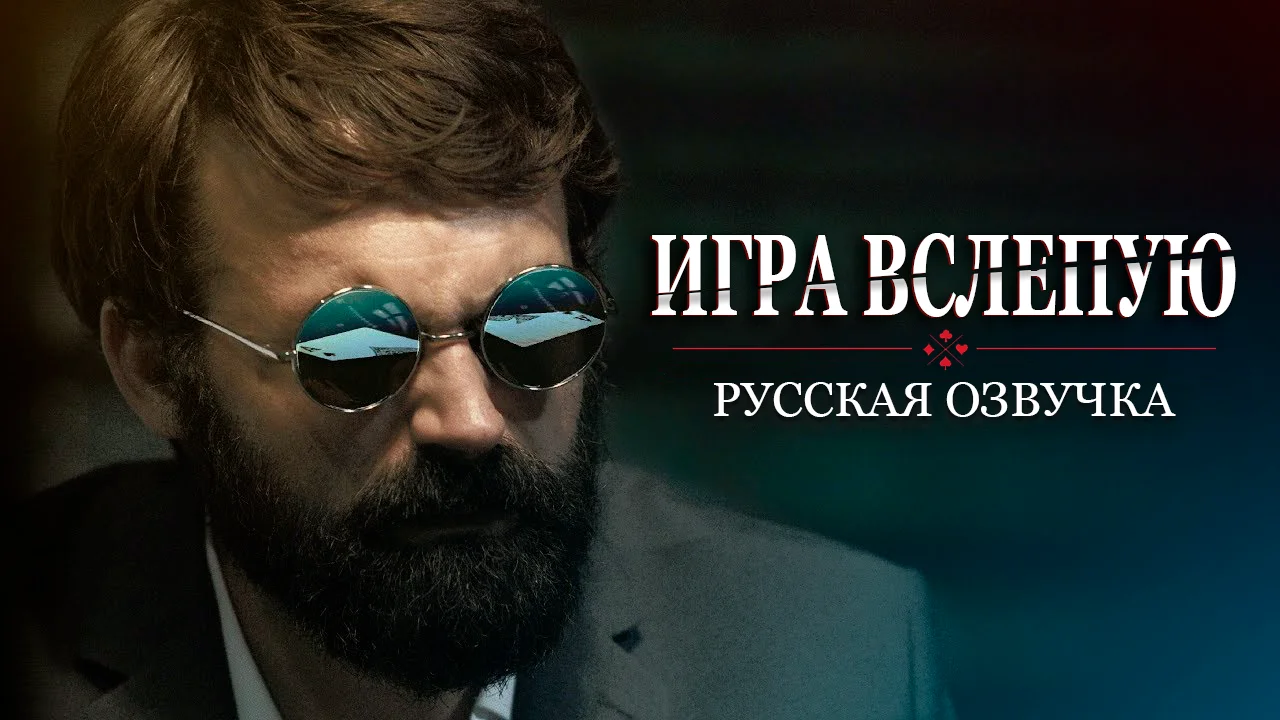

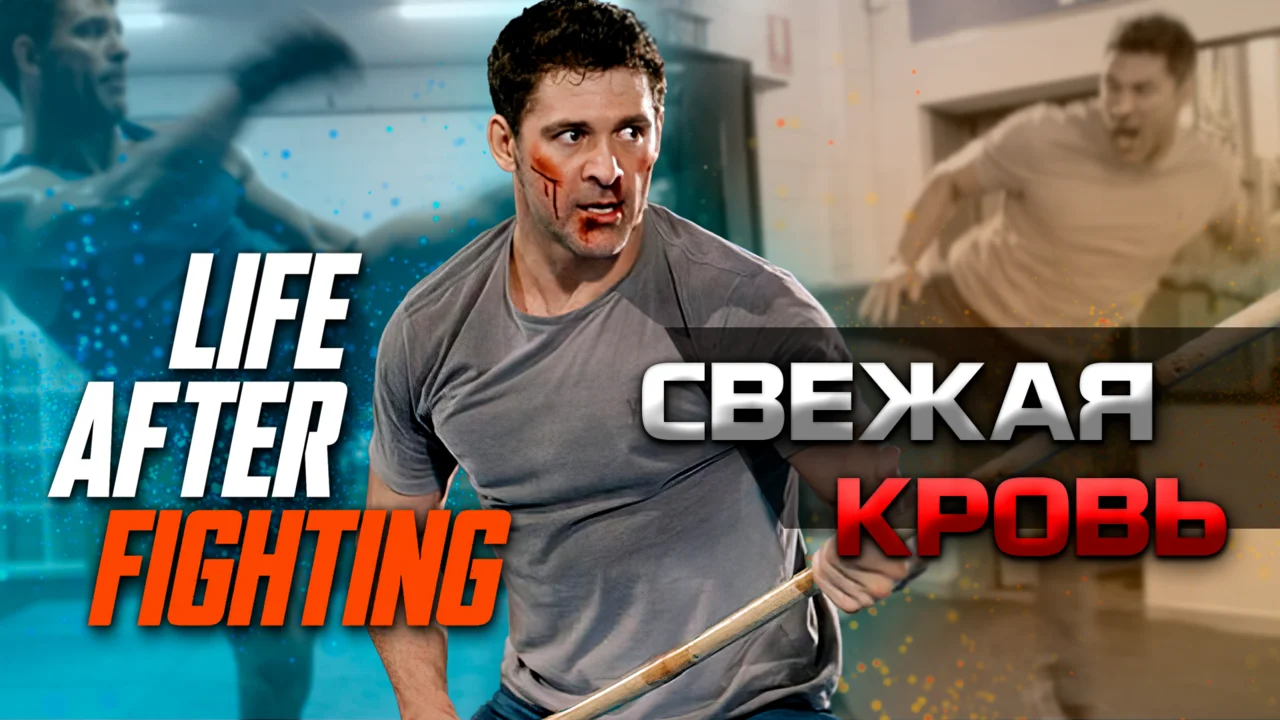
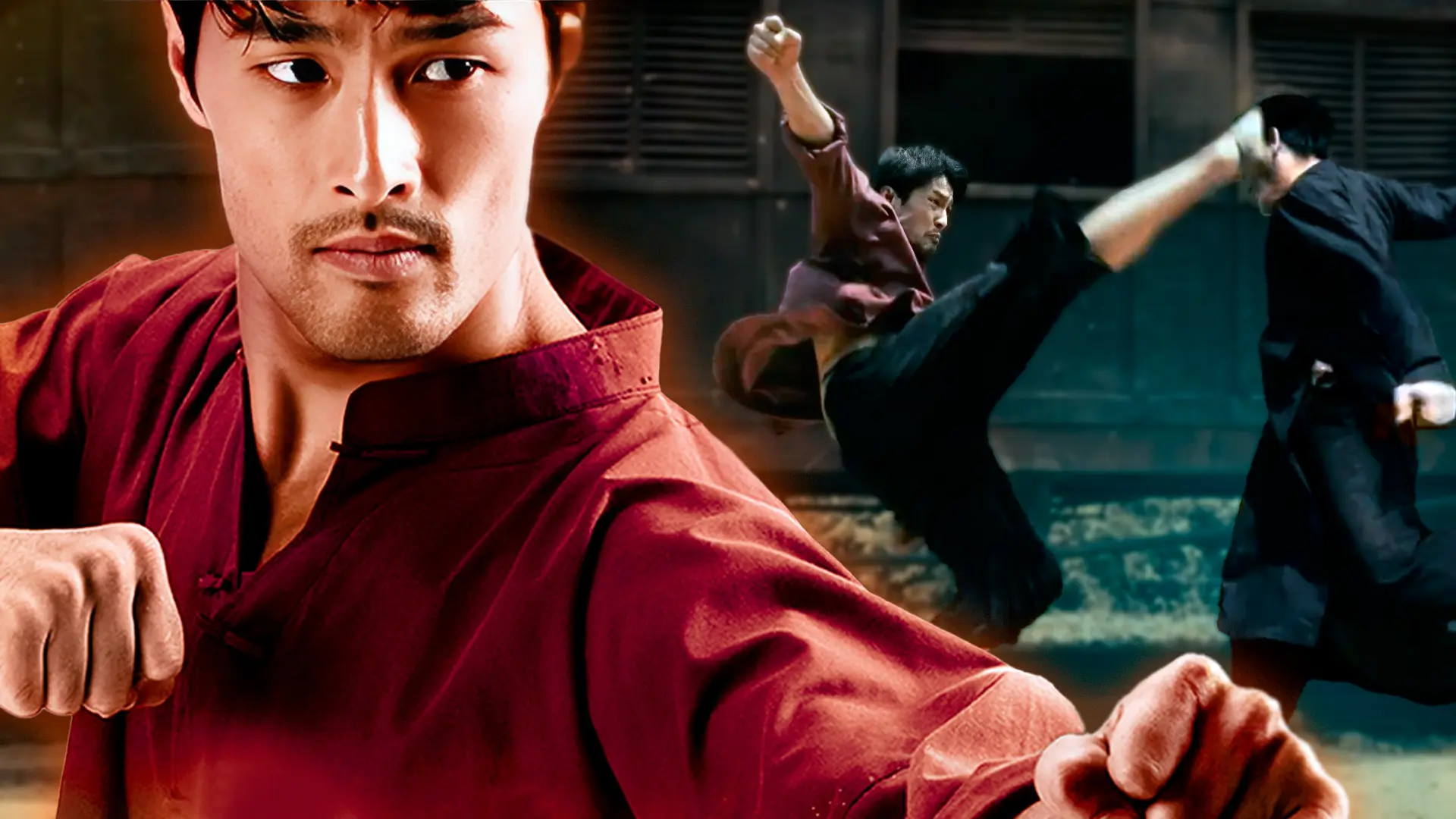
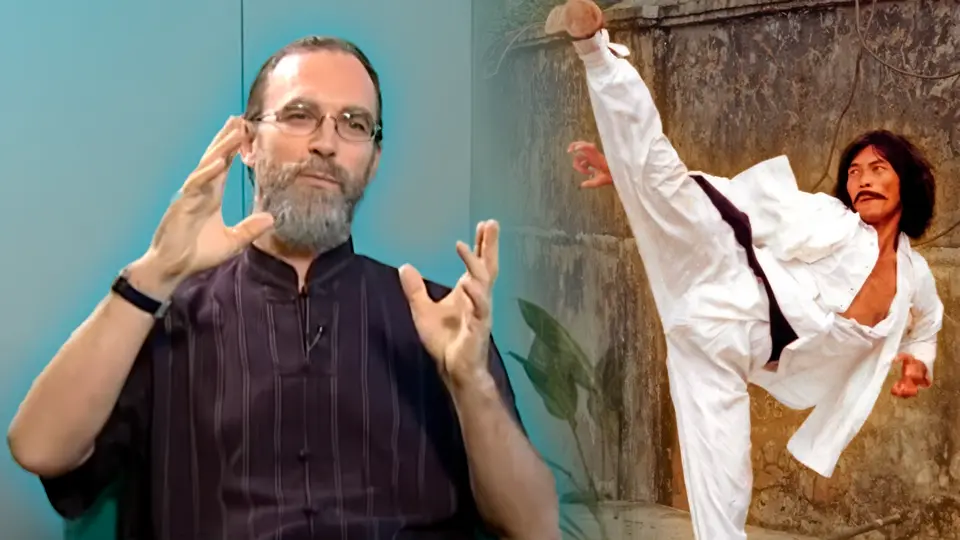



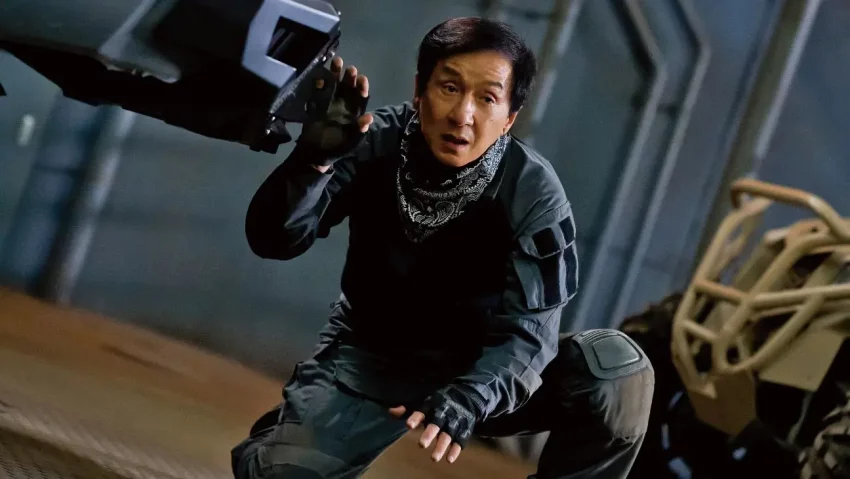

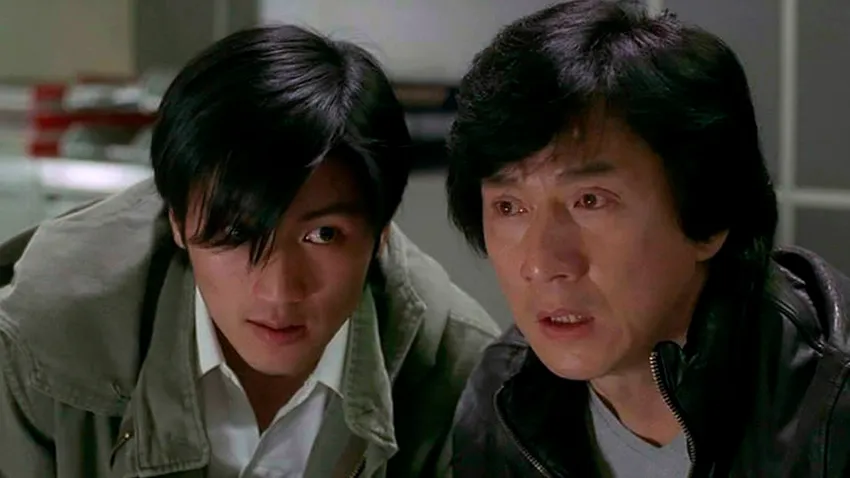
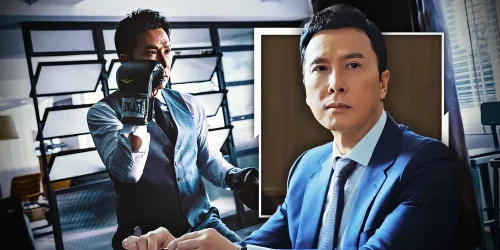
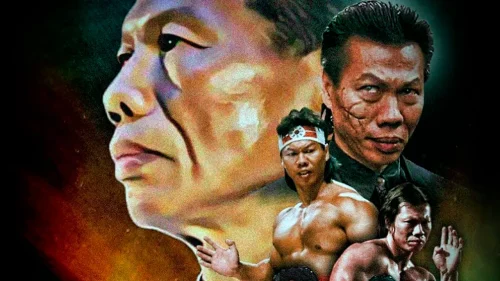
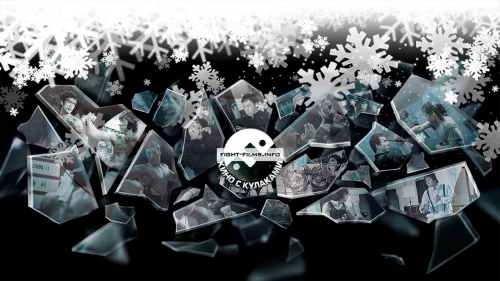
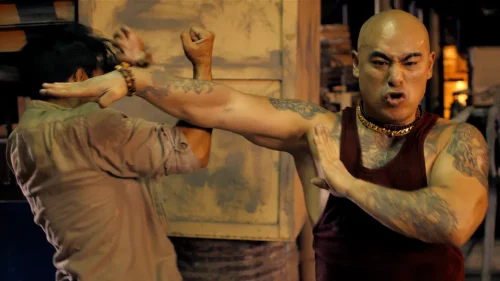


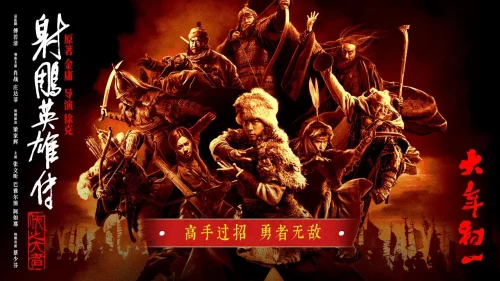
Спасибо вам ваши труды. Энтузиазм бесценен. Об экшне мало ресурсов. И ваша популяризация необходима…
С новым годом Вас всех, причастных к этому каналу, что я читаю уже больше…
Сложно сказать где бы Марко Сарор плохо смотрелся.)
В роли Крэйвена хорошо бы смотрелся Марко Сарор. Высокого роста, атлетичный, хорошо двигается. 100%…